The Intricacies of Bear Hibernation: Unveiling the Secrets of Den Sleeping
The allure of hibernation is unquestionable. Imagine escaping the gloomy days, the slush-filled streets, and the bone-chilling cold. Going to bed in late November, only to wake up to a world of beauty, with the sun shining down, streams murmuring, and hints of spring and love in the air. Not to mention the bonus of shedding thirty percent of your body weight over the winter!
 However, the reality of hibernation is more nuanced than meets the eye.
However, the reality of hibernation is more nuanced than meets the eye.
Duration of Bear Hibernation
The length of a bear's hibernation period varies depending on the climate. In central Russia, bears enter their dens at the end of November and emerge at the end of March. However, if they go into hibernation too early in the fall or wake up too early in the spring, their hibernation schedule can be disrupted. In the northern regions, bears typically hibernate from late October to mid-November, slumbering for a remarkable six to seven months.
Factors Influencing Den Quality
Contrary to popular belief, not all bear dens are warm and cozy. The suitability of a den depends on the terrain, as well as the bear's experience and personality. Bears are not taught how to build dens; it is their instinct that guides them. Some bears may lack the motivation to construct elaborate dens.
In central Russia, bears begin preparing their den two weeks before hibernation. They dig or deepen holes they find, and gather bedding such as spruce branches, moss, and dry leaves. The chosen locations for dens can vary widely - beneath a spruce tree, along a river bank, or on the slope of a ravine. However, it is crucial to block the entrance with snow. Bears aim to select drier spots, sometimes even sandy ridges. While bears often build their dens in deep forests, they are not restricted to these areas. Interesting cases have been documented of bears sleeping near villages. One bear even found solace in the fence of the Goritsky Monastery, nestled beneath fir trees, only to wake up on Easter. Perhaps the procession stirred him from his slumber.
Seasoned den builders strive to insulate their dens as best as possible, even plugging any holes. If the soil allows, bears may use the same den for multiple years, continually improving and expanding it.
In the tundra regions of Chukotka, bears dig extensive holes for winter hibernation, reaching approximately three meters in length with a semicircular chamber. They commence digging these dens as early as August. Unfortunately, these dens often collapse in spring due to floods, forcing the bears to start anew each time.
Initially, the dens of young bears may be less sophisticated. Some individuals, regardless of age, may even settle for a small hole, tucking their paws underneath them to retain warmth. Once the den is snow-covered, it serves as adequate shelter, only a few degrees warmer than the outside temperature. Conversely, in a well-constructed den, the temperature can reach a cozy +5 to +10 °C, even during frosty weather. Despite this, the bear's primary defense against cold lies in its skin and fat, with the animal gaining an impressive 30-50 kg of fat before winter sets in.
Quality of Bear Sleep
Bears do not experience deep, uninterrupted sleep during hibernation. If awakened, they can quickly rouse. So, if one were to accidentally stumble upon a bear's den during winter, there would still be a chance to escape in time. During periods of thaw, the bear's sleep becomes restless, occasionally leading it to venture outside and test the waters before returning for another nap, without fully waking up. Surprisingly, bears experience more restful sleep in colder weather. Nonetheless, bear hibernation should not be mistaken for a state of suspended animation.
Differences Between "Female" and "Male" Dens
Female bears devote greater attention to den preparation since they give birth during hibernation. Interestingly, bear cubs are not asleep all the time during winter; they actively crawl on their mother and wake her regularly. How they manage to stay warm with their limited fat reserves remains a mystery. Most of the time, the cubs huddle under their mother's arm within the den.
One of the most intriguing aspects of bear denning is the astonishing growth of bear cubs inside the den. Born weighing a mere 500 g in late December to early January, these cubs manage to grow tenfold by the time they leave the den. While their sustenance comes from their mother's milk, it remains a puzzle as to how they receive such a nutrient-rich supply without the mother consuming any food throughout hibernation.
Bear Toilets and Hibernation
Curiosity often leads to questions about a bear's waste disposal process during hibernation. The answer is quite simple—nothing happens. Bears do not eliminate bodily waste during hibernation. Instead, a few days before entering hibernation, they cease eating and fill their stomachs with indigestible materials such as pine needles, soil, and bark. This accumulation forms a fecal plug that seals the animal's rectum. In the spring, after leaving the den and becoming more active, the bear eventually expels this waste. Hunters claim that this process is accompanied by fierce roars, but their accounts may be a stretch of truth, as is often the case.
Paw Chewing Habits of Bears
Interestingly, bears do interact with their paws during hibernation. As the skin on their paw pads peels off, bears chew it off without fully awakening. However, it is worth noting that this behavior cannot be described as "paw sucking."
In conclusion, the intricacies of bear hibernation encompass various factors, such as duration, den quality, sleep patterns, differences between male and female dens, waste disposal, and paw interactions. Understanding these aspects sheds light on the fascinating world of bears during their winter slumber.
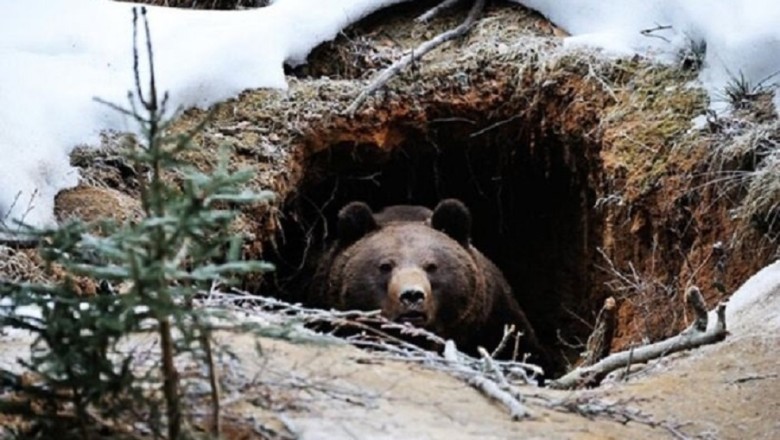


 However, the reality of hibernation is more nuanced than meets the eye.
However, the reality of hibernation is more nuanced than meets the eye.







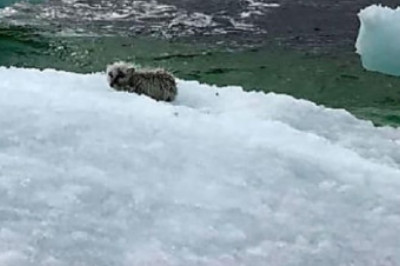
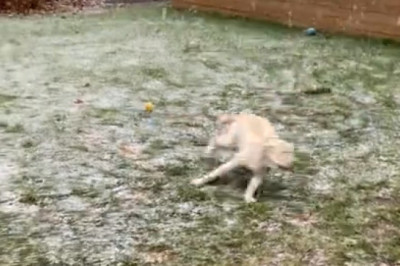
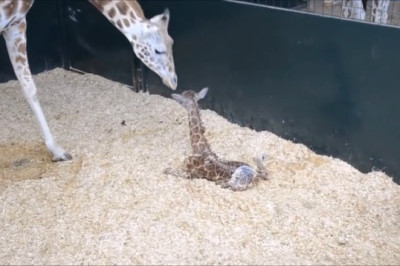
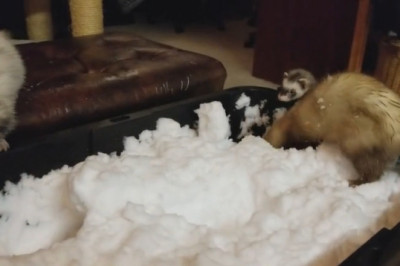




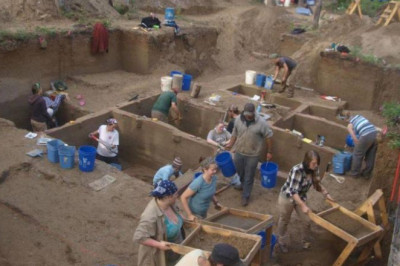
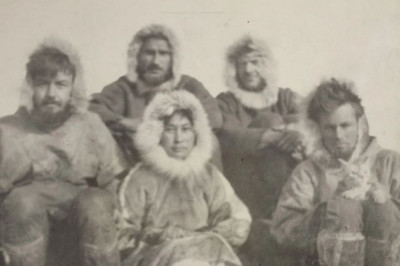
Comments
0 comment